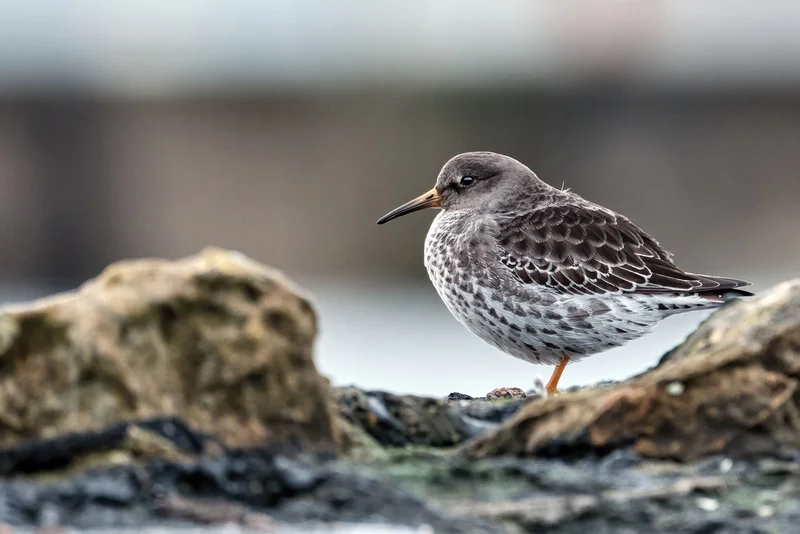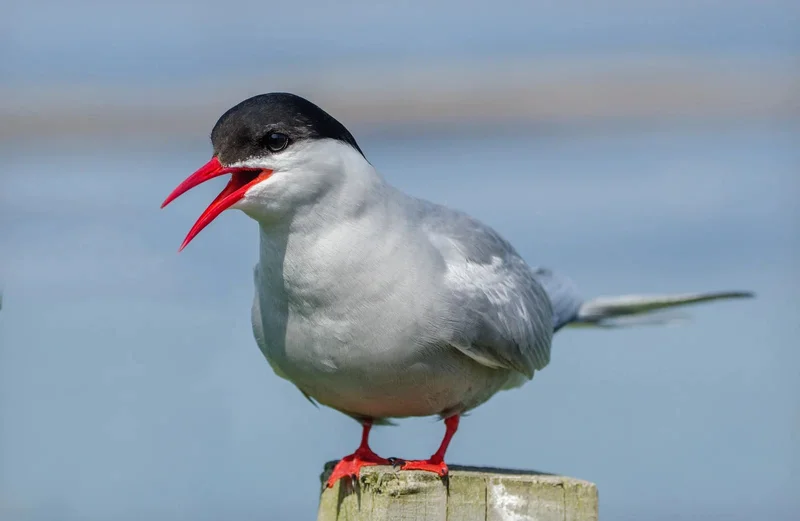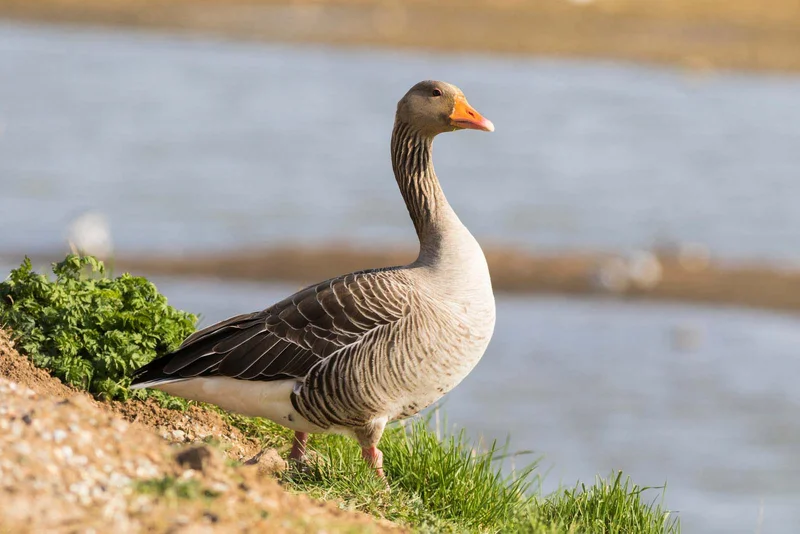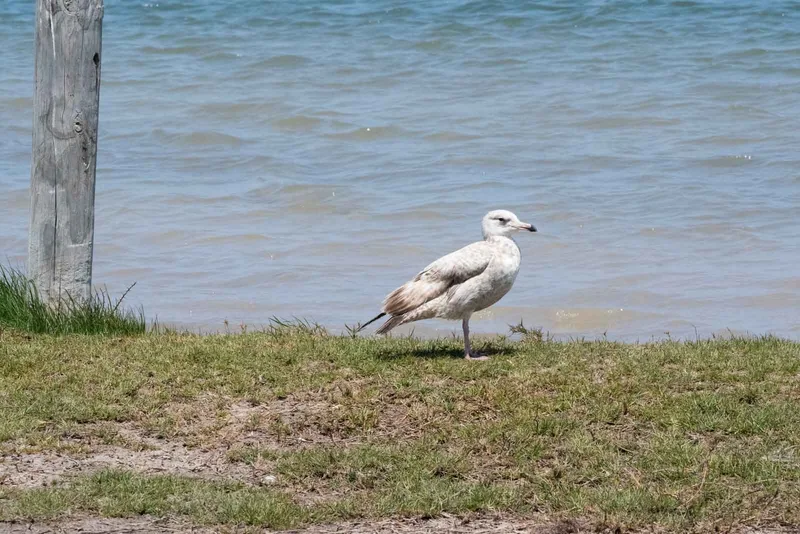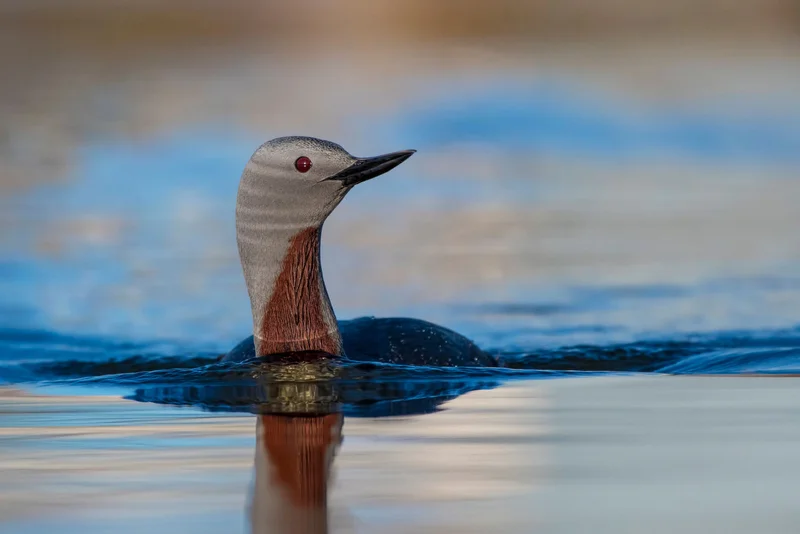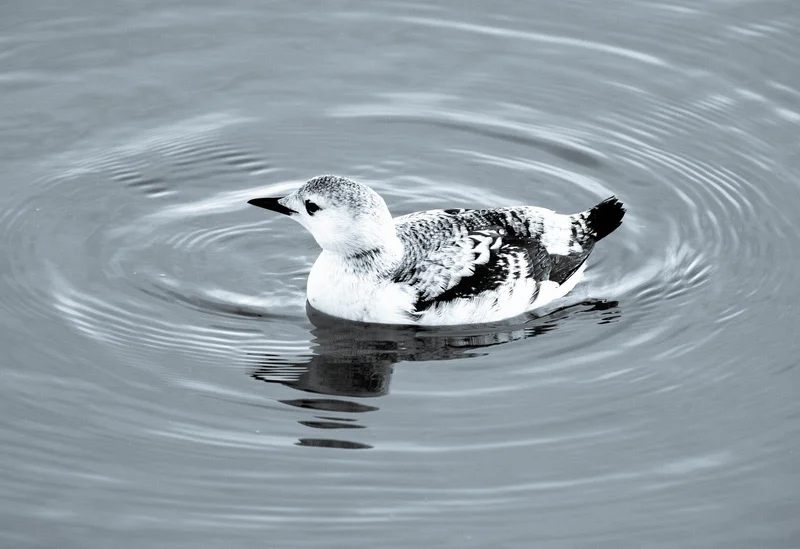Essential Thick-billed Murre Information
The thick-billed murre, also called Brunnich’s guillemot, is a large seabird in the auk family, found in the polar and sub-polar regions of the northern hemisphere. They are the largest living member of the auk family, following the extinction of the great auk in the 1800s.
Physical Characteristics
Thick-billed murres grow up to 50 cm (20 inches) long with a wingspan of 81 cm (32 inches) and can weigh up to 1.5 kg (52 oz). Adults have black heads, necks, wings, and backs, with white underparts. Their name comes from their thicker, shorter bill compared to the common murre, distinguished by a white stripe at the gape.
Habitat and Behavior
These seabirds spend almost their entire lives at sea, except during the breeding season. Thick-billed murres thrive in cold waters, rarely above 7°C (45°F), and must keep their feathers well-preened and maintain a layer of fat for insulation.
During the breeding season, they form massive colonies, sometimes numbering over a million birds. These colonies are packed densely, with each pair taking up less than 1 square foot on narrow ledges and cliff faces. Unlike many other birds, thick-billed murres do not build nests. Instead, they lay a single egg directly on bare rock. The egg has a unique pyramidal shape, which prevents it from rolling off the ledges.
Flight and Feeding
The thick-billed murre has one of the least efficient flight models among birds due to its short wingspan relative to its body size. They require great effort to take off, and each parent can only carry one food item back to the chick at a time, making it necessary for both adults to share the responsibility of feeding.
Once the chick is ready to leave the nest and reaches the water, the male takes over care, while the female heads out to sea to recover her energy.
Population
Despite their challenging flight and breeding habits, thick-billed murres are one of the most common seabird species, with an estimated world population of up to 20 million individuals.
Interesting Facts
- Egg Shape: The thick-billed murre’s single egg is pyramid-shaped, preventing it from rolling off narrow cliff ledges.
- Male Care: Once the chick reaches the water, the male takes over care while the female recovers at sea.
- Densely Packed Colonies: These seabirds form some of the densest breeding colonies in the world, with each pair taking up less than 1 square foot of space.



